A float for long-distance casting – why is it needed and how to assemble a float tackle for long-distance casting? Most often, when it comes to fishing at long distances and great depths, the fisherman prefers to use a
donk or
feeder. On the one hand, this is a fairly correct decision, because the effectiveness of donkeys / feeders over long distances has been proven and stable. But, at the same time, situations sometimes arise in which it will not be possible to catch a feeder, or it is simply not available. It is at such moments that a fishing rod equipped with a float for long casts and appropriate equipment is suitable for fishing at depth. This is a proven tackle, which, although inferior to the feeder and donk in casting distance, shows excellent results when catching small and medium fish at distances far from the coastline.
- Why is it sometimes important to cast the float tackle far – in what situations
- What are the advantages of float gear for long-distance casting over feeder and donkey
- What affects the casting distance of float equipment
- What kind of float do you need for long distance casting?
- How to choose a float rod for long distance casting?
- How to equip a float rod for long casting?
- Long distance casting technique – what should be done to cast the rig as far as possible?
- How to load a float for long distance casting
- Installation of a float rod for long-distance casting – how to equip a fishing rod for long-distance casting with a float?
- Bologna long distance casting rod
- Long casting match rod
- Long casting rod
- Equipment for long-distance casting when fishing for crucian carp, tench and carp
- What kind of float and sinker do you need
- Long Cast Float Tips
- Поделиться ссылкой:
Why is it sometimes important to cast the float tackle far – in what situations
Casting the float accurately and far often has an important effect on the result of the whole fishing. In order to catch the fish he needs, the fisherman visually selects in advance a section of the reservoir that could give him the long-awaited catch. First of all, it is necessary to pay attention to the depth of the reservoir, as well as to the bottom surface and the presence of aquatic vegetation there. In most cases, to catch a decent fish, you have to catch deep sections of the reservoir, and, as you know, deep areas are removed from the coast at a respectful distance. The farther the angler casts his tackle, the deeper in the fishing spot. But why exactly deep places attract the attention of a fisherman? The answer is very simple: in the deep parts of the reservoir, a larger amount of fish is often concentrated and of better quality in composition. So, now you need to clarify what exactly such tackle is needed for and under what conditions it is needed. Firstly, there is a special category of anglers who are much more comfortable and like to fish more with a float. Working with a feeder can be difficult when mounting and casting, and it is easier to follow the bite with the help of a float as a signaling device than with a rod tip or a bell. It will be much more pleasant for such anglers to catch long-distance casts on a float. [caption id="attachment_10704" align="aligncenter" width="730"] The casting distance of a rig with a long cast float is affected by a number of factors, which are primarily caused by the weather conditions at the time of fishing. First of all, you should pay attention to the direction and speed of the wind, because it is the main enemy / or friend with a skillful approach when casting gear. There are several different types of rigs for wind and calm casting. [caption id="attachment_12409" align="aligncenter" width="665"] For long casting, special tarpedo-shaped floats are used, which are made in an elongated shape based on aerodynamic principles, so that the rig flies further and easily overcomes these distances. Despite the similar structure, there are a large number of floats of various colors and weights. An important factor to consider when choosing a float is the wave height at the fishing spot. The larger the wave, the more necessary a float with a high antenna, so that bites are more visible at a long distance. Floats for long-distance casting are made approximately in a ratio of 1 to 3 of the body and the size of the antenna. [caption id="attachment_12402" align="aligncenter" width="683"] In order for the equipment to be able to fly as far as possible and have high mobility, you need to carefully choose a rod. A long distance casting rod must meet several requirements. First of all, you should pay attention to its flexibility, weight and length. Usually, the most optimal rod length for fishing at long distances varies from 2.5 to 4 meters. Ideally, a rod with a length of 2.7-3.5 meters is suitable. You also need to pay attention to weight. Hands will be uncomfortable and hard to work with heavy sticks, especially when it comes to high-speed catching small fish. It is desirable to have a slow or medium action at the rod. It is these models that show the best results in the range of the lure when casting and have a special sensitivity when playing. First of all, you need to pay attention to the choice of reel and fishing line, and the installation of equipment will be discussed a little later. The coil should be set from size 1500 to 3000 according to Shimano. Putting too large and powerful model is not necessary, because we are talking about float fishing and more about intensive catching of small and medium-sized fish than especially large specimens. The spool must hold at least 150 meters of line. With the choice of fishing line is a little more difficult. On the one hand, you don’t want to put too thin a fishing line, since you always need to be ready for a bite of a large fish. But on the other hand, for fishing with a float for long casting, a thin fishing line, fluorocarbon or monofilament, from 0.14 to 0.20 mm, is better suited. This is due to the fact that such a fishing line has less resistance to the wind and delivers the bait further, than this can be done using a thick fishing line. It is also worth taking into account the fact that a thin fishing line scares the fish less and the current will not affect the bait in the water so much without blowing out the loop. [caption id="attachment_12400" align="aligncenter" width="696"] There are many ways to effectively cast the bait over a long distance, which are used in most cases by feederists. But with float fishing, things are a little different. The weight of the entire equipment, taking into account the large float, sinker and the bait itself, mainly varies from 20 to 50 grams, which is much less than when fishing with a classic feeder. It is also worth noting that when throwing a float over a long distance, you have to unwind a significant amount of line, making the leash very long when casting. That is why you need to throw such tackle from behind the head or from behind the shoulder. These are the most suitable casting options, in which the bait flies far and accurately. To do this, you need to lean on one of your legs, open the clutch, tilt the fishing rod with a hanging leash behind your head or shoulder, You can cast without relying on one leg with minimal torso work and a jerk, but at the same time, the casting distance is significantly reduced. Usually the float is shipped in two ways. The first method is used when fishing will take place in the current or in strong winds. To do this, you need to distribute the weight of all sinkers evenly throughout the rig with the help of one main weight located below the float, most often olives or a ball, and then distribute several shots in different parts of the rig. A pair of pellets is connected below the float and the zone along which it slides (if the float is sliding), and another or a pair of pellets are already below the main weight of the olive – in front of the hook at a distance of 20-30 cm from it. Mounting a float rod for long-distance casting is not as difficult as it might seem at first glance. If earlier we managed to figure out the choice of rod, reel and fishing line, now it’s time to analyze the equipment. Let’s take the standard equipment and analyze its installation in stages:
how it works and evidence of effectiveness .
What are the advantages of float gear for long-distance casting over feeder and donkey

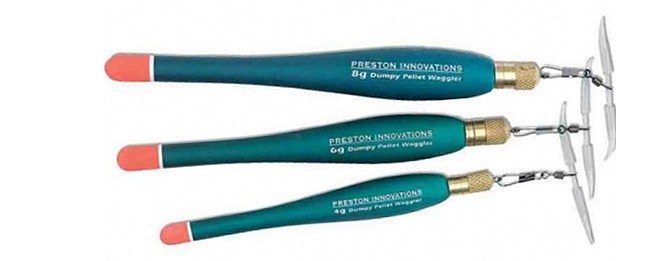
What affects the casting distance of float equipment
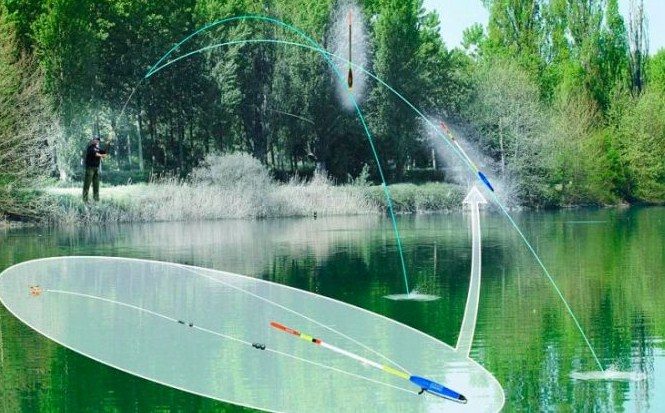
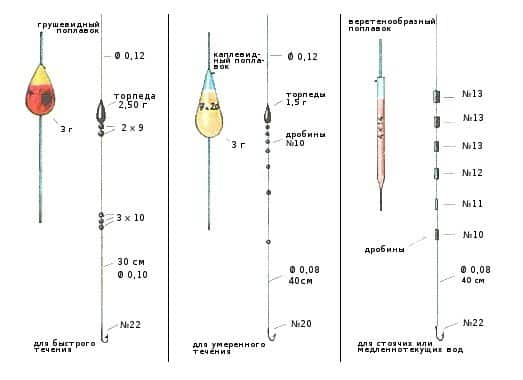
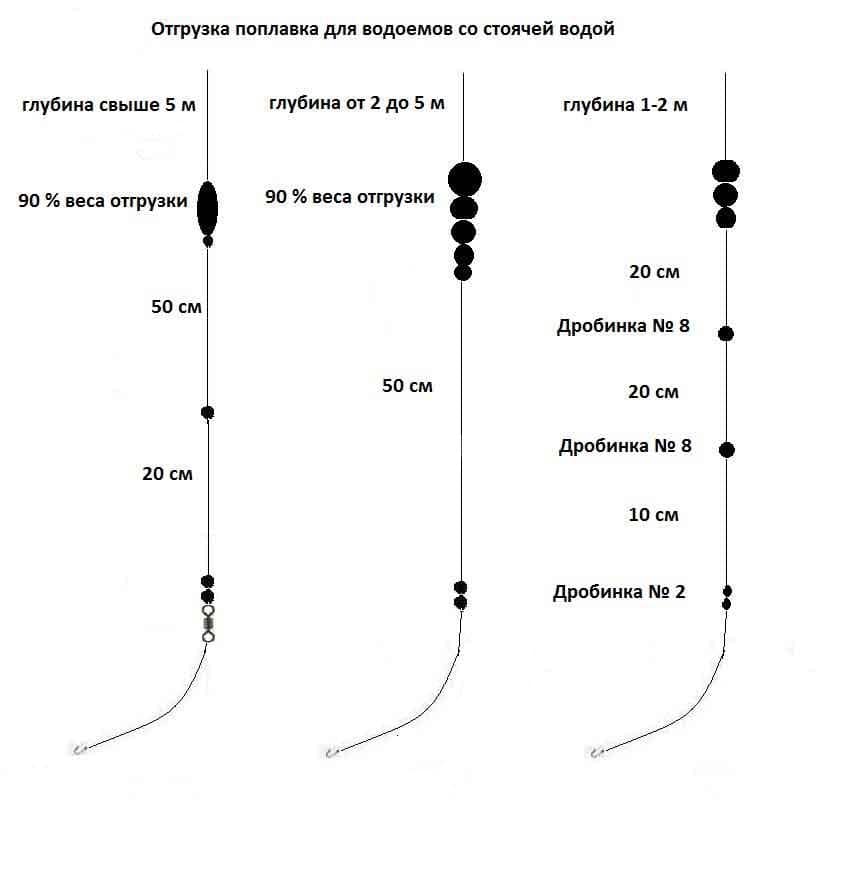
What kind of float do you need for long distance casting?
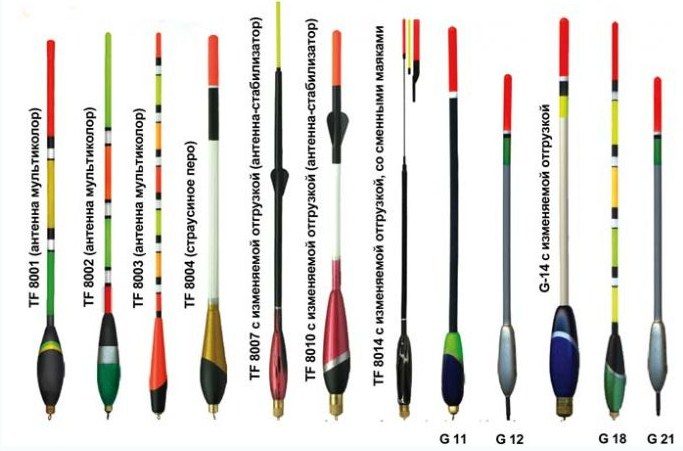
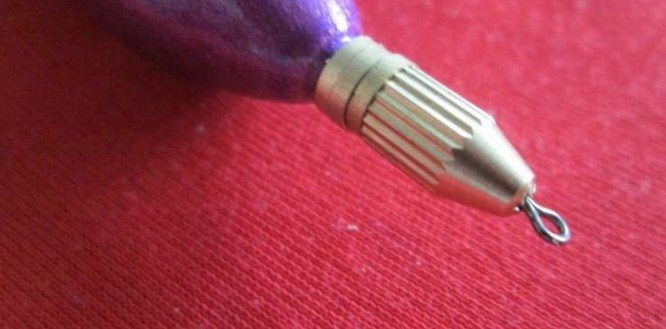

How to choose a float rod for long distance casting?
How to equip a float rod for long casting?
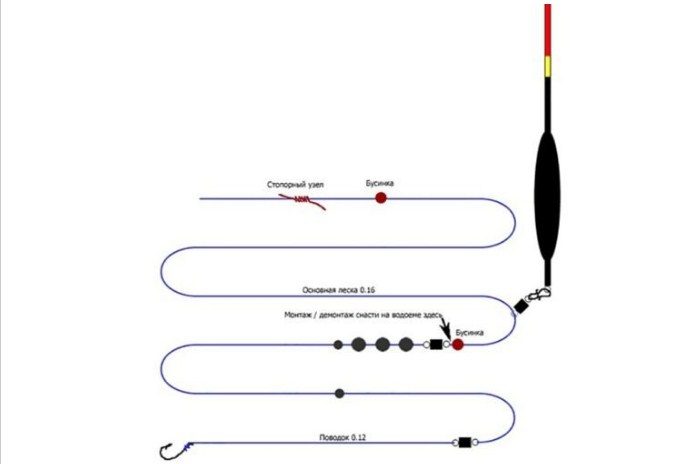
Long distance casting technique – what should be done to cast the rig as far as possible?

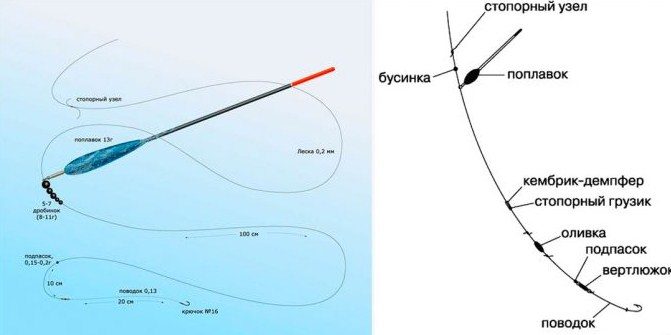

Installation of a float rod for long-distance casting – how to equip a fishing rod for long-distance casting with a float?
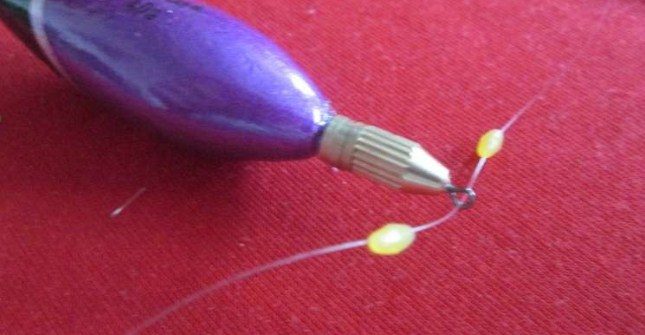


- You need to find a large piece of building foam. It is quite porous and hard.
- Next, cut out the future body for the float. It can be made round or in the form of a droplet. By weight, the main part of the float should be from 3 to 8 grams.
- Next come in handy bamboo sticks, which are sold in any restaurant. Plastic tubes for cotton candy are also suitable. It is necessary to carefully drill a hole in the center of the foam base and insert a stick there. The main work is almost done.
- Now it remains to attach with a wire a ring with which the float will be attached. A couple of turns should be made with a thin wire around the bottom of the antenna and it is advisable to cover it all with glue. Next, you need to wait until the float dries.
- Now it’s time to complete the float by painting it. The bottom should be painted with dark paint, which will not arouse suspicion in the fish, making the float disguised. The upper part should be bright so that the angler can see the float from a distance of 20 to 50 meters. Orange, yellow or red will work well.

Bologna long distance casting rod
The Bologna rod for long distance casting is a fairly common choice for floaters. Many fishermen, wanting to fish with their old float rods in new and more remote places from the coast, install spinning reels on their fishing rods, while loading the tackle. This rod is not ideal for long distance casting. The telescopic rod itself is less suitable for long casts. As a rule, it has fewer rings than a
match or plug, and therefore the load on the tackle during casting is distributed unevenly. Because of this, casting distance and accuracy deteriorate. But still, this is the most common type of rod, as well as a more budgetary one, which is important, and therefore it is quite popular.
Long casting match rod
The match rod has long been used by anglers for fishing in remote areas of the reservoir. This tackle, which came to us from England, distributes the load well throughout the rod when playing the fish, as well as when casting, which increases the range and accuracy. The match rod is popular not only when fishing with a float at a long distance, but also in feeder fishing. Due to its merits, a match rod can be loaded with large weights and this should not worsen casting tackle.
Long casting rod
The plug rod in its structure is very similar to the match rod. These models are perfect for fishing areas far from the shore, both for feeder and float fishing. Equipping the plug rod with a float will allow you to make accurate and quick casts of tackle on the pond. Also, when biting on the tackle of large prey, the plug can easily cope with it. Due to the large number of rings that are not located on the saddles, as is done with a telescopic rod, and also due to the flexible test, the pole rod is quite competitive when playing with big fish. The telescopic rod is inferior to him and the match rod in this. Fishing with a plug with a float for long-distance casting is the most profitable and relevant fishing option.
Equipment for long-distance casting when fishing for crucian carp, tench and carp
There is a special group of fishermen who prefer to catch large cyprinids at depth. Carp anglers have found a way out and improved float tackle for long-distance casting in order to catch deep sections of the reservoir during the heat, when the fish tends to go exactly to the depth, away from the shore, but you still want to fish on a float. To do this, some anglers pre-install a large feeder or several small feeders with leashes instead of the main load of olives. Thus, there is a combination of several snap-ins. This is a kind of analogue of the “crucian killer” for float fishing. The flight range is not reduced in any way. At the same time, the feeder is filled with food, which allows you to lure more fish from the depth. Such a rig is very effective both on reservoirs with a current and with stagnant water.
What kind of float and sinker do you need
For catching distant areas, first of all, you should collect such tackle that would easily fly a long distance from the coast. To do this, you need a heavy and bright float that will be visible to the angler even from a distance of 50-55 meters. The weight of the float should be between 10 and 15 grams. Of course, the float must be with an extended antenna so that the range of the bait is increased and accurate.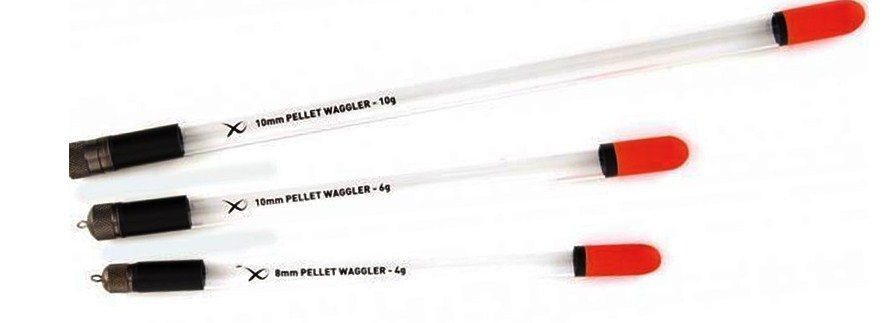

Long Cast Float Tips
Experienced Tips:
- Before fishing, it is recommended to study the entire relief of the reservoir in advance. This will help you set the correct depth and select the right spot.
- In addition to corkscrews, it is recommended to use such limiters as small pellets and swivels. Corkscrews can deteriorate after a while or not withstand the constant load from other gear components when casting.
- Float fishing, even at depth, most often brings small or medium trophies, but large fish are caught much less often than feeder or bottom tackle.
- For fishing at a long distance, rods from 2.7 to 4 meters are more suitable.
- The thinner the line, the farther the tackle flies and the more sensitive the float is needed. But at the same time, you should not put a fishing line less than 0.18 mm, because it is less durable and can break when the bait is cast strongly or a large trophy is played.
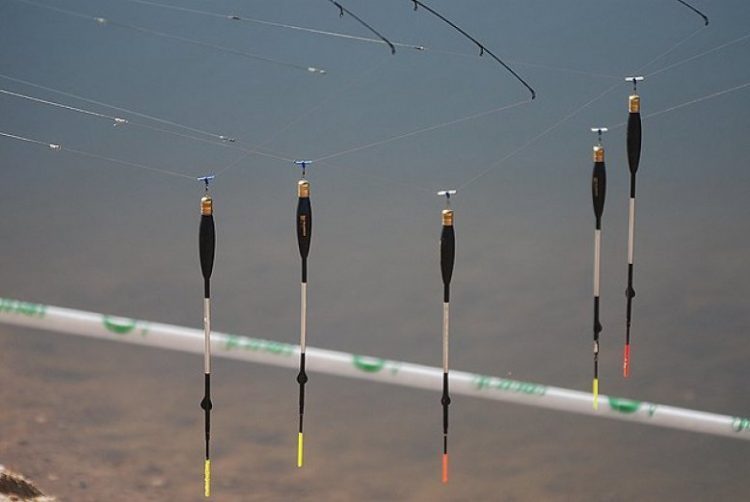
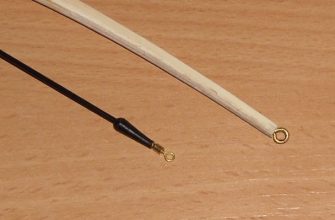

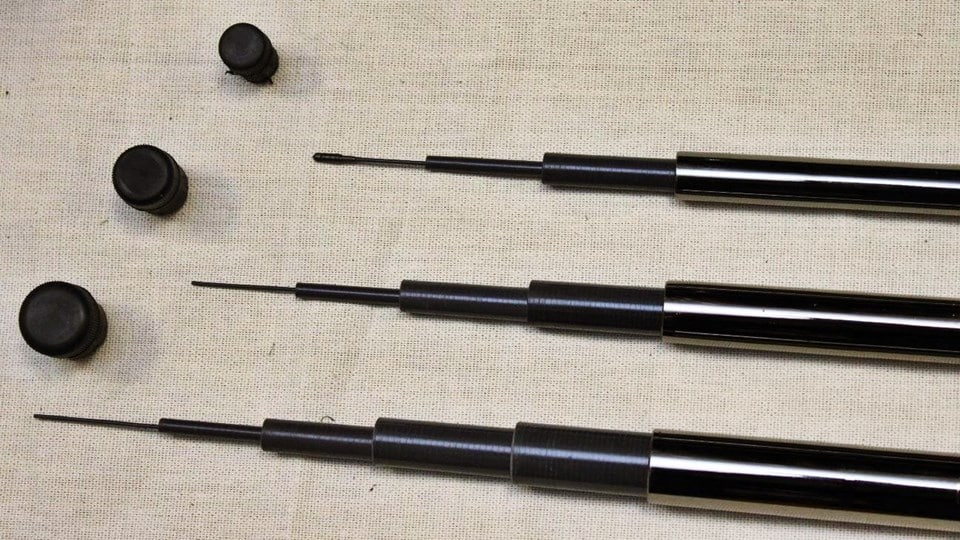
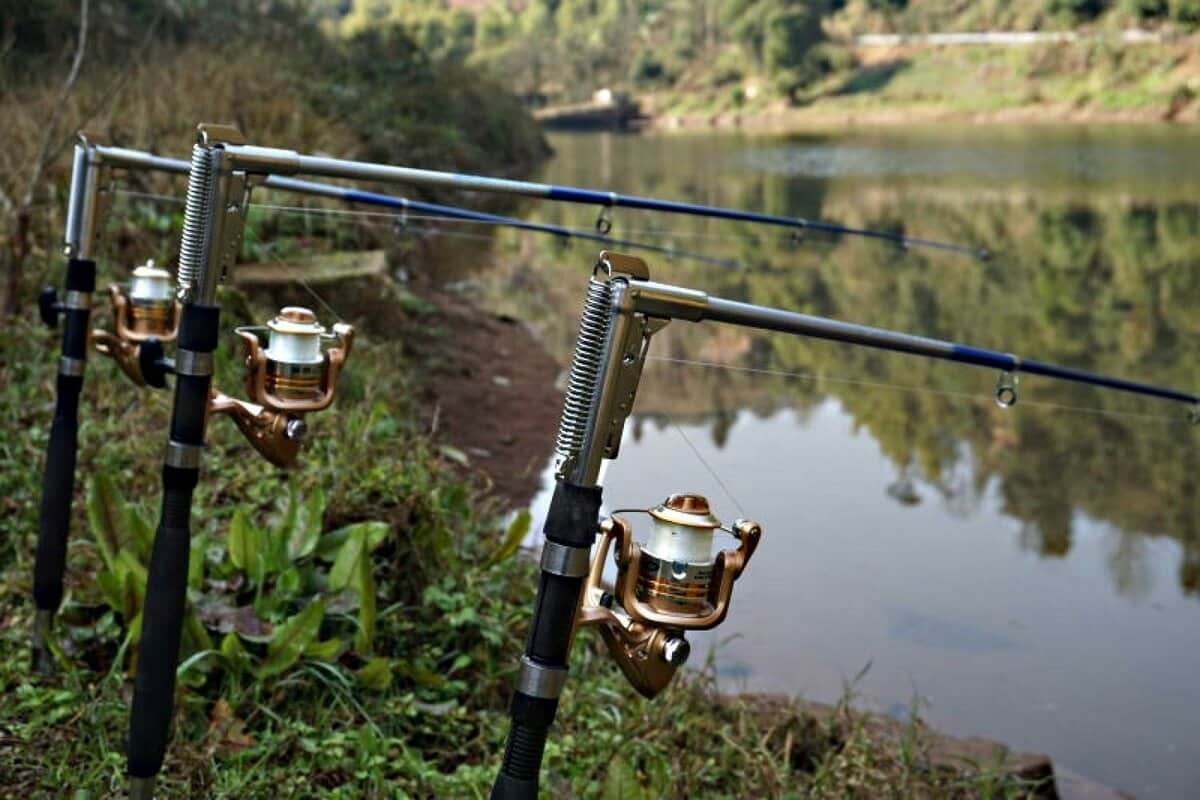
Спасибо! Ваша статья помогла мне разобраться с ловлей на поплавок с использованием матчевого удилища. Успехов Вам.
Отличная статья! Спасибо! Для начинающего рыболова по теме скользящего поплавка – это просто подарок!